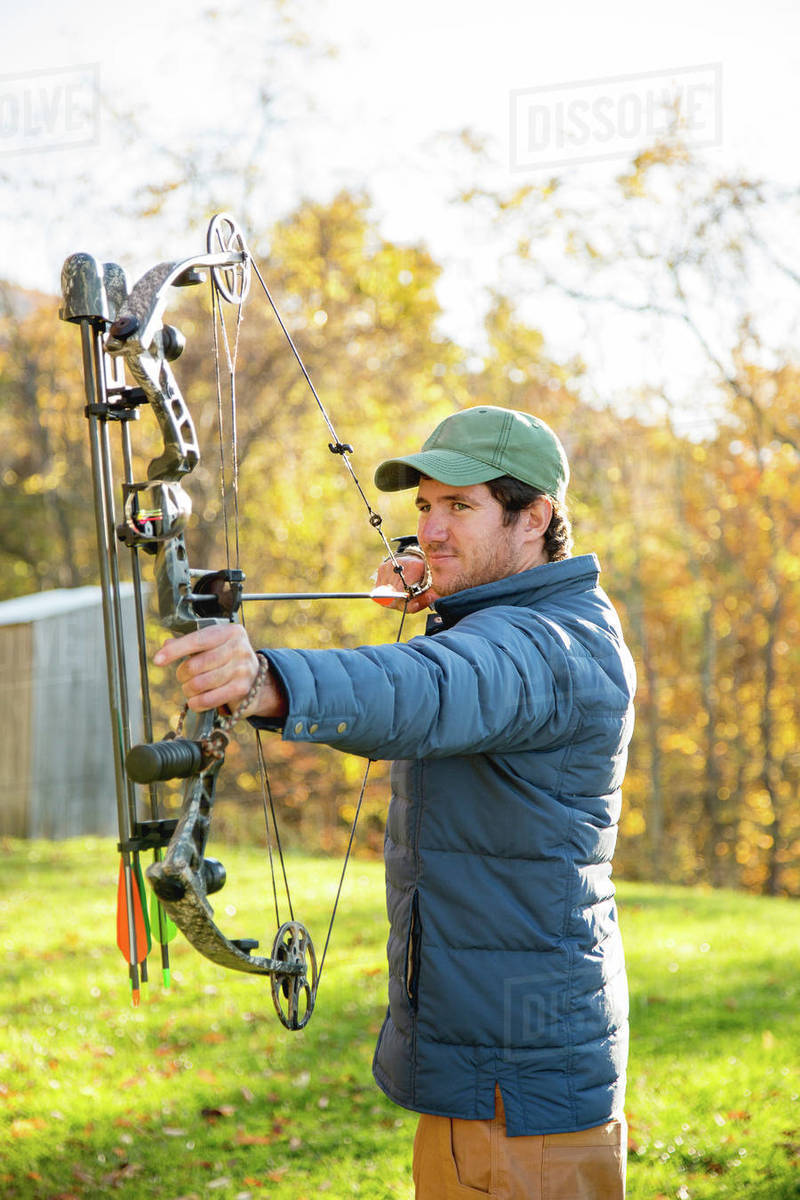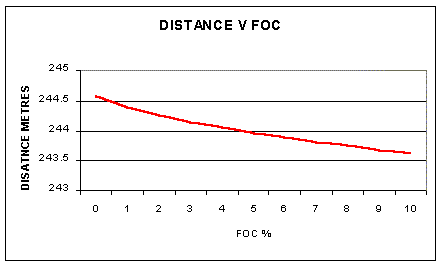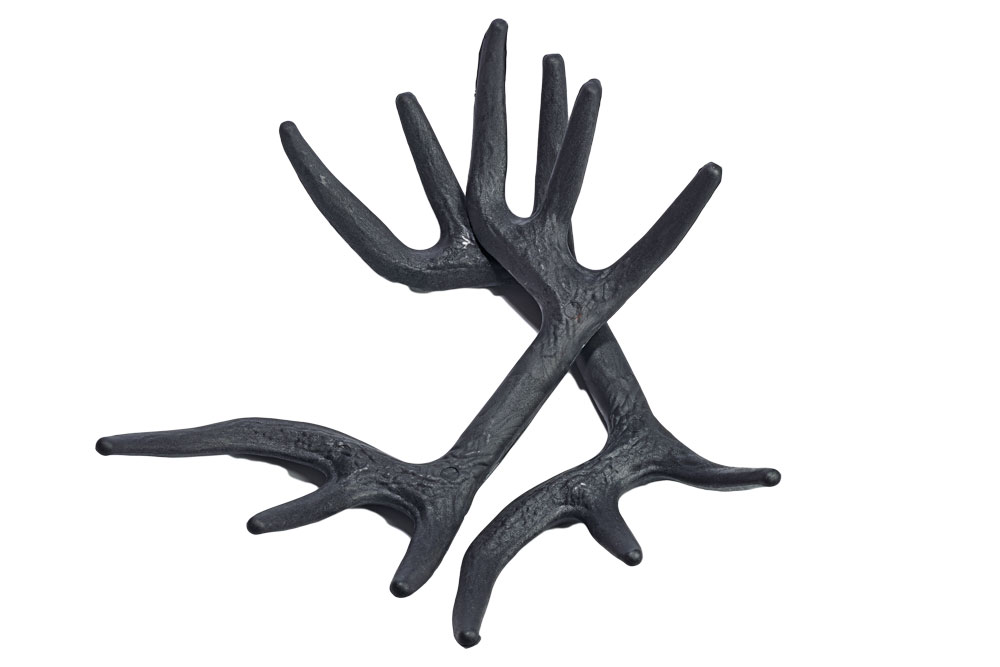
There are three main types of deer calls to use for early season hunting. Learn how to use each one to attract a buck in close proximity. To increase your chances of catching prey, you can practice the sounds. These are the most effective call patterns and will help you close the distance.
Grunt tube
For the pre-rut, when deer are out grazing in the afternoons and hunting hunters, early-season deer calling may not be necessary. Not only is a grunt necessary to attract deer, but so is the sound of their grunt. The sound of a throaty call is better for early-season deer calling. Market hogs can grunt more loudly and deeper than 8- and 10-pointer deer calls.
Fawn the bleat
The fawn bleat is a high-pitched call that can help you attract a doe. It's most effective during the first part of the season when there are still plenty of yearling deer in your hunting area. It has a luring ability for bucks and does, making it an excellent locator calling for hunters as well as photographers. This call is high-pitched and can be used to sound distressed.

Doe bleat
A doe's cry is a loud sound that a fawn will make when it is in distress. This sound attracts around 80 percent of the does in your local area. Despite the high-pitched sound, it is easy to use and a great call for deer hunting in early season. You must be careful not to over-blast the call though, because buck tracking is inevitable. You should also use this call sparingly, and only when there is sufficient shooting light.
Snort wheeze
The snortwheeze is a deer call that can be more aggressive. The snort-wheeze has a loud volume that can reach deer ears who are unable to respond to standard calls. This call is used by hunters as a last resort. However, it can be more aggressive than standard calls and could scare the deer away. This call is also best used on mature bucks, not small ones.
Snort tube
A standard snorty-wheeze calling is good for early season, but you will get better results if it is combined with a snorty-wheeze deer call. This unique combination may not be able to reach all bucks, but it can provide a lot of volume. This is a last resort call for hunters and can cause the buck to be disoriented by less aggressive calls. Snort-wheeze calls are most effective for mature bucks because it can spook smaller bucks.
Blind calling
Hunters often set up blinds in the early season to start calling deer. This technique works best during prerut, when dense vegetation makes it difficult to hear the calls. You can take close-up shots if you are triggered by a call. To improve your chances of attracting a deer to your blind, try watching free videos on deer response to calling. This method is very effective, you'll be amazed at the results!

Scent elimination products
Hunting can be made easier by scent elimination products. These products contain a combination of chemicals and attractants that mask human scents. These products do not mimic the scent of other deer, unlike scent-elimination calls. Scent-elimination items use the unique From One Deer and One Bottle(r), collecting process. These scent-elimination product mask the scents of humans to increase hunting opportunities.
FAQ
What is the most important aspect of hunting animals
How do we get there We start by learning how to shoot accurately. Next, we need to learn how to hit the target. And finally, we must learn how to make adjustments when we miss.
It is essential to know the basics of hunting. If you don’t understand the basics of hunting, you won’t be able to improve. You might think you've improved because you've gotten better shots, but if you didn't know what you were doing before, those shots won't mean anything. The same applies to hitting targets. If you don’t understand the reasons you’re missing, it will be difficult to improve. This means that you must know what you are aiming for.
This is where knowledge comes into play. Your ability hunt depends on how well you know the animal you want to kill. While out in the natural world, it is important that you learn everything you can about any animal you encounter. You should be familiar with their behavior, habits, and personalities. You can plan your hunts in this way to ensure they run smoothly.
It is important to always learn from other people who have achieved success in the past. You can find many books on the topic. In addition, there are websites like www.thehuntingzone.com that offer great tips and advice. Finally, you have people who have years and years of experience. They can help you to identify what works well and what doesn’t.
Once you've learned everything you can, it's time to practice. Practice makes perfect. Practice is not enough. Instead, you should practice until your confidence grows. Confidence allows you to relax and enjoy the process. Relaxation helps you concentrate on the task at hand. Concentration is key to maximizing every opportunity. Opportunities come only when you're relaxed and focused.
You're now ready to test your new skills. Don't worry if you fail. Just keep practicing and improving. You'll eventually be successful.
How many people in the US rely on hunting?
The United States is home to more than 300 million hunters. This means that there are almost twice as many hunters in America than people who live in New York City.
Hunting is a American pastime which dates back to centuries. Today, however, hunting for sport is less popular than ever. According to the U.S. Fish & Wildlife Service(FWS) says that only 2 per cent of the population hunts on a regular basis. This number is even lower for young adults.
But while hunting may seem like a relic of another time, it remains popular among older generations. A recent survey revealed that 68% of baby boomers want to hunt again once they retire. For them, hunting is a way to connect with nature and enjoy the outdoors.
Hunting is not a priority for younger generations. According to National Shooting Sports Foundation, 18% of millennials don't consider themselves to be avid shooters.
FWS works hard to ensure that America's wild places are accessible to all.
The agency's "Wild Lands” campaign was launched in 2014 to increase awareness about public lands throughout the country. The goal is to educate people about the importance of preserving these areas and encourage them to visit them.
Conservation efforts are encouraged by the Wild Lands program. FWS and National Rifle Association have partnered to create Project Gunter, a youth shooting sport program. This program helps children learn how to safely handle firearms, as well as safety and marksmanship skills.
Project Gunter has expanded to include women of all races and minorities. Project Gunter is now expanding to include women and minorities.
How many Americans rifle hunt in the US
The number of hunters who use rifles as their primary weapon for hunting deer, elk, moose, etc., is estimated at around 2 million per year.
Most hunters are men, aged between 18 and 55, and come from rural areas.
They hunt alone and use a bow or crossbow.
The most popular hunter is whitetail deer (68%), followed by mule and black deer (13%) and bears (10%)
Anecdotal evidence suggests an increase in female hunter participation, even though there are no national data.
Where can I purchase a gun? Is it necessary?
Certain species require a gun to hunt.
Most states require hunters possess a firearm. The type of firearm required depends on which game you want to hunt, and what state you live in.
Any sporting goods store can sell you a rifle and shotgun, handgun, pistol, muzzleloader, crossbow or archery weapon.
Choose a weapon that best suits your needs. A.22 caliber pistol might be a good choice if you are looking to hunt small game like squirrels, rabbits and pheasants.
A larger caliber weapon is recommended for hunting large game, such as bears, deer, and elk.
If you don't feel confident handling a weapon, do not buy it. Guns can be very dangerous. Keep your gun unloaded until you're ready to shoot.
Make sure the gun has been checked by a qualified gunsmith before you buy it. Ask the seller to show how to load and unload the weapon.
Make sure to check the warranty. Ask the dealer if they have a warranty.
Ask the dealer to provide you with a copy of their safety instructions. These documents should include information about safe storage and maintenance.
You should check the serial number. If it starts with "NIB" (or "New In Box"), the gun was made brand new.
If the serial # begins with an odd numbers, the gun may have been previously owned.
If you aren't sure whether the gun was ever used, please contact the manufacturer. You should get more details from the manufacturer.
Statistics
- According to the Wildlife Restoration Act, passed in 1937, most of the state conservation efforts are funded through hunting and fishing license sales and firearms sales. (stacker.com)
- In less than 20 years, Rhode Island saw a 40% drop in the number of hunting licenses for residents, according to The Valley Breeze. (stacker.com)
- Indiana, for example, saw a 28% jump in turkey license sales during the first week of the season. (stacker.com)
- Over the past 50 years, the number of hunting licenses in California has been on a rapid decline, falling 70% from more than 760,000 in the 1970s to under 268,000 in 2020—even as the state's population has skyrocketed, according to The Mercury News. (stacker.com)
External Links
How To
How to choose the most desirable hunting spots in the forest
The first thing we should do when looking for good places to hunt is to know what kind of game we want to hunt. There are different types of animals and birds that live in forests and they all have their own habitat requirements, so if you don't know which type of animal you would like to hunt, you won't find any place where you can successfully catch them.
There are two main categories of animals that inhabit the forest: large mammals and small ones. The large mammals are deer, elks and moose as well as caribou, bears, wolves, wild boar, and caribou. Small animals include rabbits. Each species requires a specific habitat. You must ensure that you pick the right location before venturing out into the woods. You can find information about endangered species within your locality by visiting the flora or fauna list. It is important to ensure that there are no poachers in the area you plan on hunting a specific species.
When hunting a particular species of animal, you will need to learn how to properly set it up. It's important to use the correct equipment because it affects the success rate. A rifle that can fire accurately at close range is ideal for hunting rabbits. A rifle that can fire long distances will be necessary for hunting larger animals such as deer. You will also need bait to lure the prey. Some people recommend placing meat inside a trap to lure the animal, while others prefer using corn or peanut butter. No matter which method you choose to use, be sure you adhere to all the laws of the country in which you hunt.
Consider the following factors when selecting a hunting spot: weather conditions, terrain and vegetation, wildlife population, accessibility, etc. Safety is paramount when choosing a hunting spot. Be sure to avoid dangerous animals and predators when hunting in a remote area. In addition, try to avoid areas where there are too many people, especially during hunting season. Also, it is important to keep track of the seasons while hunting. This will help you figure out the best times for you to hunt.
You should consider the weather when choosing a hunting location. This is crucial because it influences the number animals that will be available. During winter, the temperature drops below zero degrees Celsius, and snow covers the ground. The thick snow layer makes it difficult for coyotes, bears, wolves, deer and other animals to be seen. However, if you're lucky enough to get a clear day, you might be able to spot these animals. On the other side, summer is when temperatures exceed 30 degrees Celsius and the sun warmths the earth. Animals seek shelter in the heat and move away from it to make it easier to locate.
The terrain should be considered as well. You can easily walk and run across the area on a flat surface. But uneven surfaces require more effort. Steep slopes are harder to climb, and rivers and streams often cause muddy trails. You should find a place without obstacles so that you can travel easily.
You should look at the vegetation as well as the terrain. Plants can vary in size and density depending on their environment. Large trees provide shade and cover for smaller animals, while shrubs and bushes offer hiding places for smaller animals. Dense vegetation is the best option if you are looking for large animals.
Also, it is important to consider the number of animals in your area. Statisticians estimate that North America has more than 100 million deer. They eat half of what crops produce and play an essential part in maintaining biodiversity. However, too many people could endanger the ecosystem by becoming pests. It is therefore important to keep the population in balance.